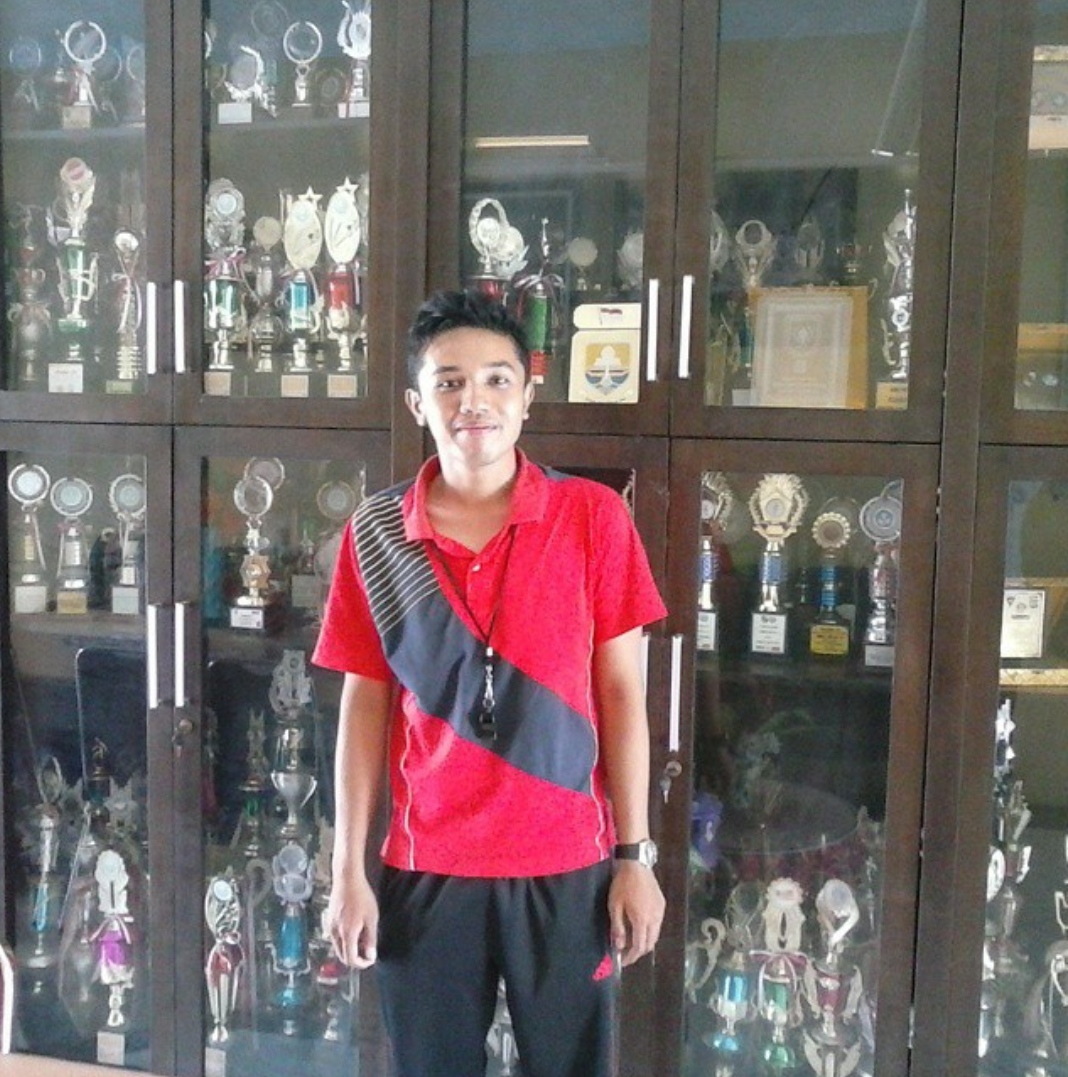Abstract
Tujuan penelitian ini adalah untuk menguji keefektifan model kids’ athletics untuk meningkatkan konsep diri siswa. Penelitian ini adalah pre-experimental design dengan rancangan one group pre-test post test design. Subjek dalam penelitian ini melibatkan 20 siswa Sekolah Dasar. Instrumen yang digunakan berupa kuesioner konsep diri dengan menggunakan skala nominal. Analisis yang digunakan untuk menguji keefektifan konsep diri sebelum dan sesudah diberikan perlakuan model kids’ athletics adalah uji jenjang bertanda Wilcoxon. Hasil penelitian menunjukkan bahwa terdapat kenaikan hasil konsep diri siswa setelah diberikan perlakuan berupa model kids’ athletics. Dapat simpulkan bahwa model kids’ athletics efektif untuk meningkatkan konsep diri siswa.
References
Aghdasi MT, A. A. (2008). Comparing Anxiety and Self-concept Rate of Athletic and non-athletic Students of Orumiye University. Islamic Azad University-Sport Research Center, Tehran Islamic Azad University, Proceeding in Farsi.
Alipor, Hossein and Rahmani, N. (2012). A comparative study of Self-steem in War Victims’ and Non-war Victims’ children. May, 16(4), pp:29-43.( In Persian).
Astuti, R. D. (2015). Identifikasi faktor-faktor yang memengaruhi konsep diri siswa Sekolah Dasar Negeri Mendungan I Yogyakarta. Basic Education, 4(2).
Badeleh, M., Fathi, M., Aghamohammadian Sharbaf, H. R., Taghi Badeleh, M., & Ostadi, N. (2013). Compare the effect of group cognitive behavioral hypnotherapy and group cognitive behavioral therapy on increasing the self-esteem of adolescents. Journal of Fundamentals of Mental Health, 15(59), 194-204.
Burns, R. B. (1979). The Self Concept : Theory, Measurement, Development and Behavior. Longman Group Limited.
Cohen, E. G., & Lotan, R. A. (2014). Designing groupwork: strategies for the heterogeneous classroom third edition. Teachers College Press.
Corrigan, P. (2004). How stigma interferes with mental health care. American Psychologist, 59(7), 614–625. https://doi.org/10.1037/0003-066X.59.7.614
Hergenhahn, B. R., & Olson, M. H. (2009). No TitleTheories of learning = (Teori belajar) / B.R. Hergenhahn, Matthew H. Olson (7th ed.). Kencana Prenada Media Group.
Kadir. (2016). Statistika Terapan. Rajawali Pers.
KBBI. (2008). Kamus Besar Bahasa Indonesia (Vol. 66). Pusat Bahasa.
Leila, S., Ebrahim, M. S., Nahid, S., & Azizollah, A. (2013). The Relationship between Children’s Self-Esteem and Parents’ Educational Level. International Journal of Academic Research in Progressive Education and Development, 2(3), 11–21. https://doi.org/10.6007/ijarped/v2-i3/3
Masturah, A. N. (2017). Gambaran Konsep Diri Mahasiswa Ditinjau dari Perspektif Budaya. Indigenous: Jurnal Ilmiah Psikologi, 2(2). https://doi.org/10.23917/indigenous.v2i2.4934
Murdoko, E. W. H. (2006). Personal Quality Managemen. PT Elax Media Komputindo.
Paramitha, S. T., & Anggara, L. E. (2018). Revitalisasi pendidikan jasmani untuk anak usia dini melalui penerapan model bermain edukatif berbasis alam. Jurnal Pendidikan Jasmani dan Olahraga, 3(1), 41-51.
Petros, B., Ploutarhos, S., Vasilios, B., Vasiliki, M., Konstantinos, T., Stamatia, P., & Christos, H. (2016). The effect of IAAF Kids’ Athletics on the physical fitness and motivation of elementary school students in track and field. Journal of Physical Education and Sport, 16(3), 883–896. https://doi.org/10.7752/jpes.2016.03139
Rosdiani, D. (2012). Model Pembelajaran Langsung Dalam Pendidikan Jasmani dan Kesehatan. Alfabeta.
Rusman. (2012). Model-Model Pembelajaran Mengembangkan Profesionalisme Guru (edisi kedua)tle (Edisi Kedu). PT Raja Grafindo Persada.
Sereshkeh, S. K., & Amirnejad, S. (2013). Comparing Self-esteem and Self-concept of Athletic and Non-Athletic Students and Finding a Relationship between these two Variables. Applied Science, 1(1), 19–22.
Sirgy, M. J. (2015). Self-image/product-image congruity and advertising strategy. In Proceedings of the 1982 Academy of Marketing Science (AMS) annual conference (pp. 129-133). Springer, Cham.
Veenhoven, R. (2006). THE FOUR QUALITIES OF LIFE Ordering concepts and measures of the good life. Journal of Intelligent and Robotic Systems: Theory and Applications, 22(3–4), pp 74-100.
West, R. & L. H. T. (2008). Pengantar Teori Komunikasi Analisis dan Aplikasi ((Terj. Maria Natalia Damayanti & Maer). (eds.)). Salemba Humanika.
Widiarti, P. W. (2017). Konsep Diri (Self Concept) dan Komunikasi Interpersonal dalam Pendampingan Pada Siswa SMP Se Kota Yogyakarta. Informasi, 47(1), 135. https://doi.org/10.21831/informasi.v47i1.15035
Authors who publish with this journal agree to the following terms:
- Copyright on any article is retained by the author(s).
- The author grants the journal, the right of first publication with the work simultaneously licensed under a Creative Commons Attribution License that allows others to share the work with an acknowledgment of the work’s authorship and initial publication in this journal.
- Authors are able to enter into separate, additional contractual arrangements for the non-exclusive distribution of the journal’s published version of the work (e.g., post it to an institutional repository or publish it in a book), with an acknowledgment of its initial publication in this journal.
- Authors are permitted and encouraged to post their work online (e.g., in institutional repositories or on their website) prior to and during the submission process, as it can lead to productive exchanges, as well as earlier and greater citation of published work.
- The article and any associated published material is distributed under the Creative Commons Attribution-ShareAlike 4.0 International License





